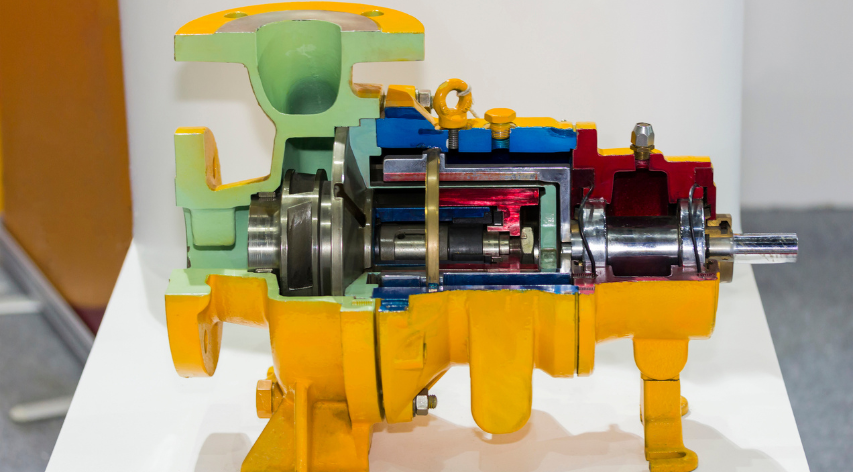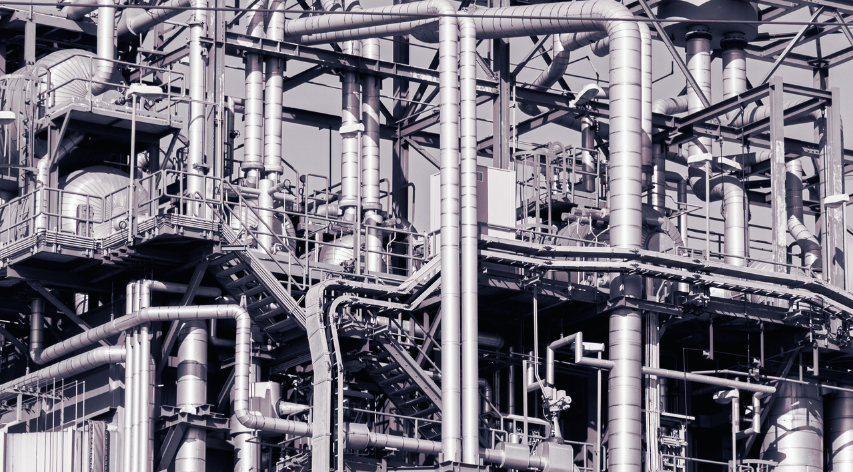Reduced Toughness Properties of Some Modern Carbon Steels Create Brittle Fracture Risk


Changes in steelmaking practice are reported to be causing some carbon steel piping components that are assumed by ASME Codes to behave in a ductile manner at ambient temperatures, to behave instead in a brittle manner. Barry Messer from Fluor made a presentation on this subject at the Spring 2016 meeting of the ASME B31.3, Process Piping Code Committee to alert committee members to this issue.
Having steel components that behave in a ductile fashion is an important aspect in the safety of pressure equipment. ASME B31.3 requires impact testing to confirm ductile behavior unless the material is exempted from such testing by various code rules. These exemption rules have been based on the historic properties of the materials. A105 carbon steel flanges are generally exempted down to -20°F (-29°C) as is A106 Gr B carbon steel pipe with a wall thickness ½ inch (13 mm) and less. The issue has been found in components made to these and other ASTM carbon steel material specifications, such as A234 Gr WPB. All ASME B31.3 Figure 323.2.2A Curve B materials are considered to be potentially at risk, although the issue has not been found in pipe manufactured from plate material.
The issue is widespread. For example, 30% of A106 Gr B piping samples that were impact tested failed at 14°F (-10°C). These were supposed to be able to pass at -20°F (-29°C).
When brittle materials are permitted in construction, such as in the case of gray cast iron, ASME B31.3 requires that the allowable stress be dramatically reduced, to 1/10 of the material tensile strength as a measure to prevent brittle failure. By comparision, the allowable stress for steels is limited to 1/3 of the tensile strength.
Some components made from these materials have surprisingly failed in a brittle manner during hydrostatic testing during construction. These tests are conducted at ambient temperatures, where these materials are assumed by the Code to behave in a ductile manner. Fluor has studied this issue and determined that the brittle behavior at higher temperatures is primarily due to the composition of the steel; it is not an issue with the manufacturing of the components.
Maganese is added in making carbon steel to improve strength and toughness. However, some steel manufacturers have reduced the amount of manganese added to the steel to reduce cost, while keeping the amount within the specification limits. To achieve the required properties such as strength and formability, other elements are being added such as vanadium, niobium, titanium and boron. It has been found that a low manganese to carbon ratio is the primary contributor to poor low temperature toughness. While a Mn:C ratio of 5 or higher was found to be important to achieve good low temperature toughness, A105, for example, with a max carbon of 0.35% and a permitted Mn range of 0.6-1.05%, permits a minimum Mn:C ratio of 1.7.
The Code Committees are considering possible Code changes. Options include:
- For ASME B31.3, changing these materials from Curve B to Curve A
- Limiting use of Curve B to materials that meet certain limits such as Mn:C ratio that are supplemental to the ASTM standards
- Removing exemptions from impact testing relevant to this issue
It should be noted that Europe does not have this problem since these materials are required to be impact tested in all cases. That means, of course, that components made from these steels with poor low temperature toughness will directionally go to markets such as the United States.
What can you do? Certain owners and EPC contractors are adding supplemental requirements. The two most important appear to be requiring a minimum Mn:C ratio of 5, and requiring a grain size for A105 flanges of 7 or finer. You can add these requirements to your specifications. Alternatively, you could require impact testing of these materials, or purchase carbon steel materials for which impact testing is an ASTM specification requirement, such as A350 Gr LF2 flanges.
Without these precautions, carbon steel pressure components are likely to be more vulnerable to brittle fracture during hydrotest, and during operation if operated at temperatures at or below about 60°F (15°C).
Have a question or would like more information? You may post to this blog or click the link below for more help.
[readon2 url=”/index.php?option=com_rsform&view=rsform&formId=4&Itemid=739&lang=en”]Request Info[/readon2]







Very useful! Thank you for sharing.